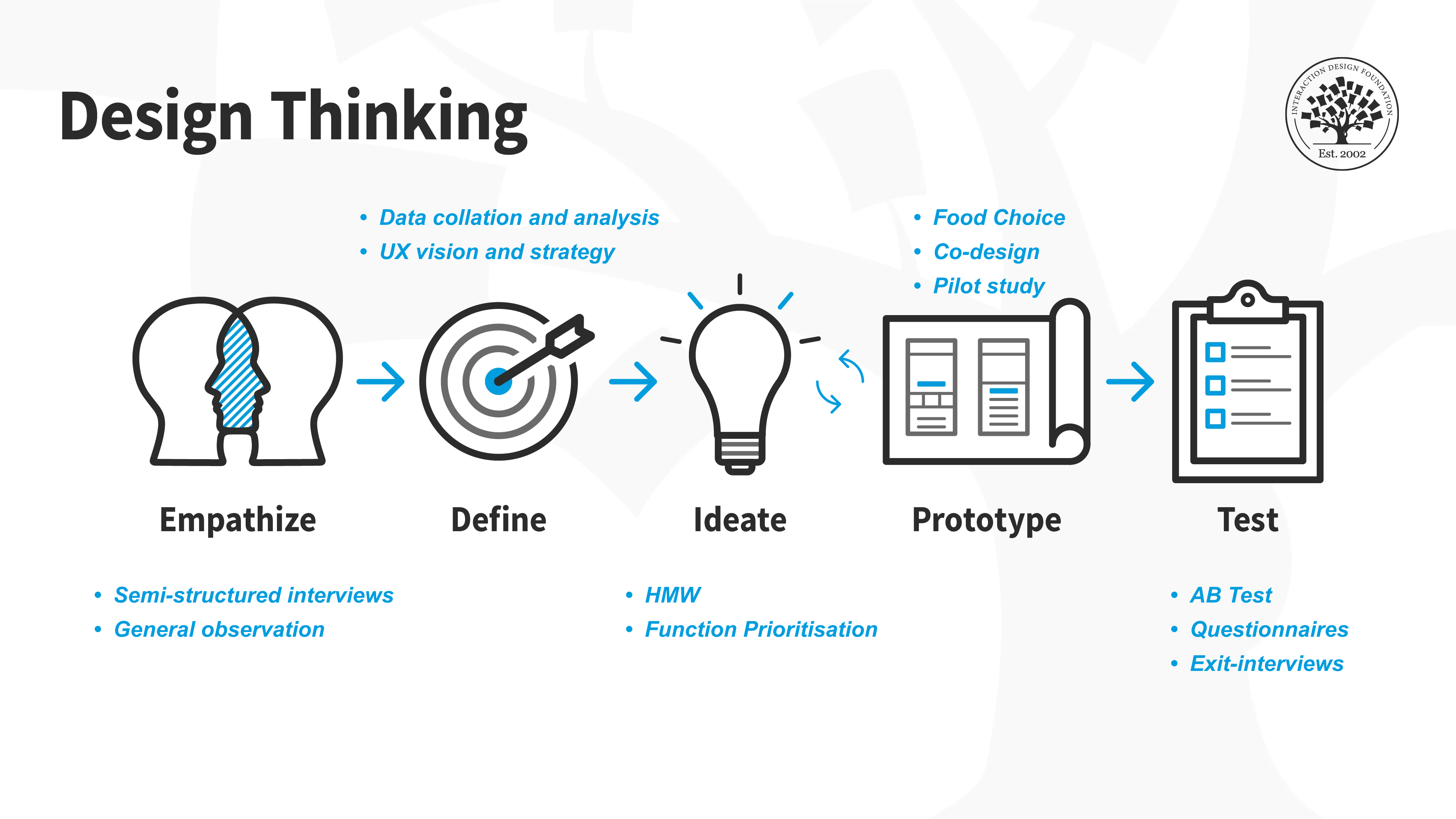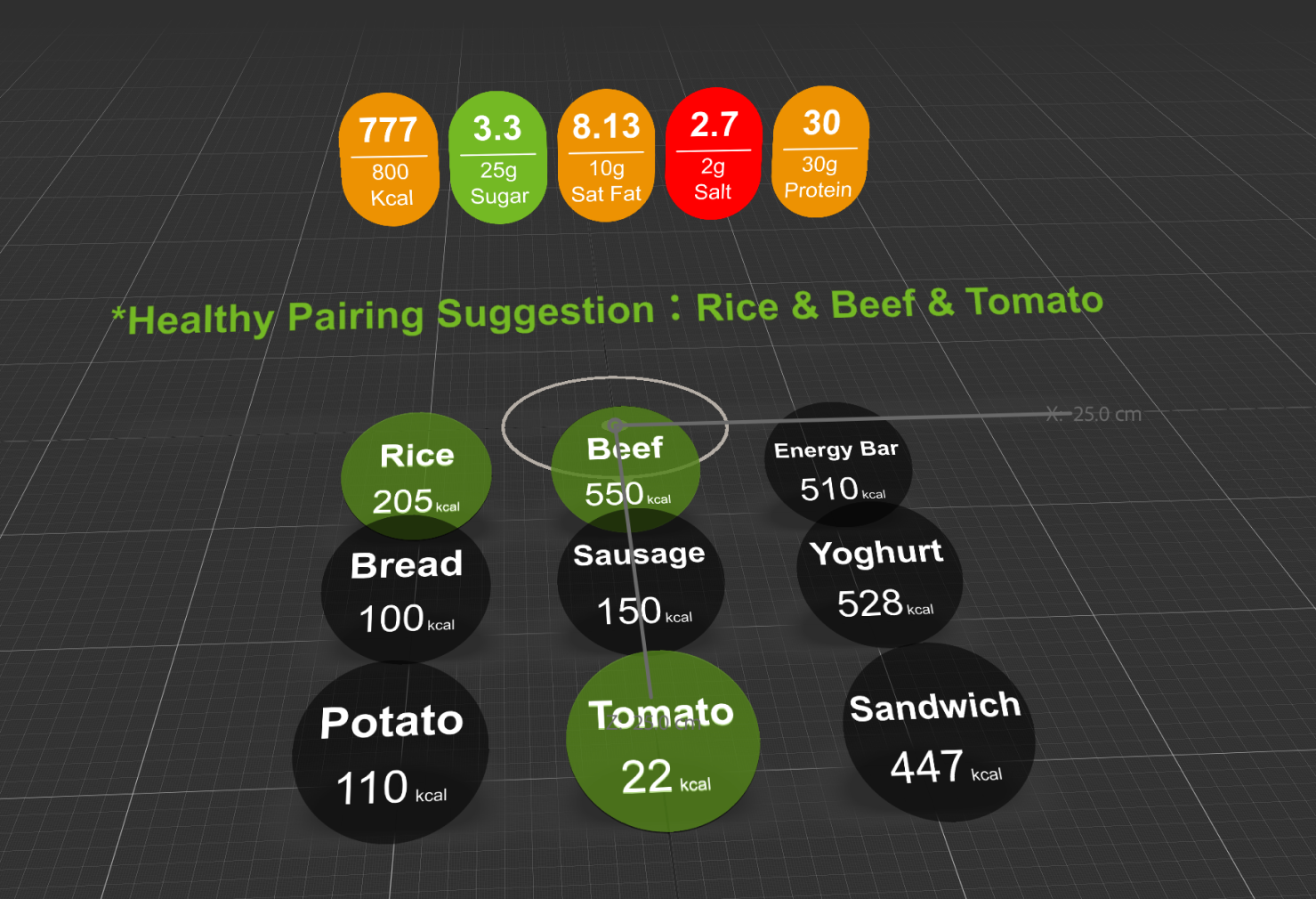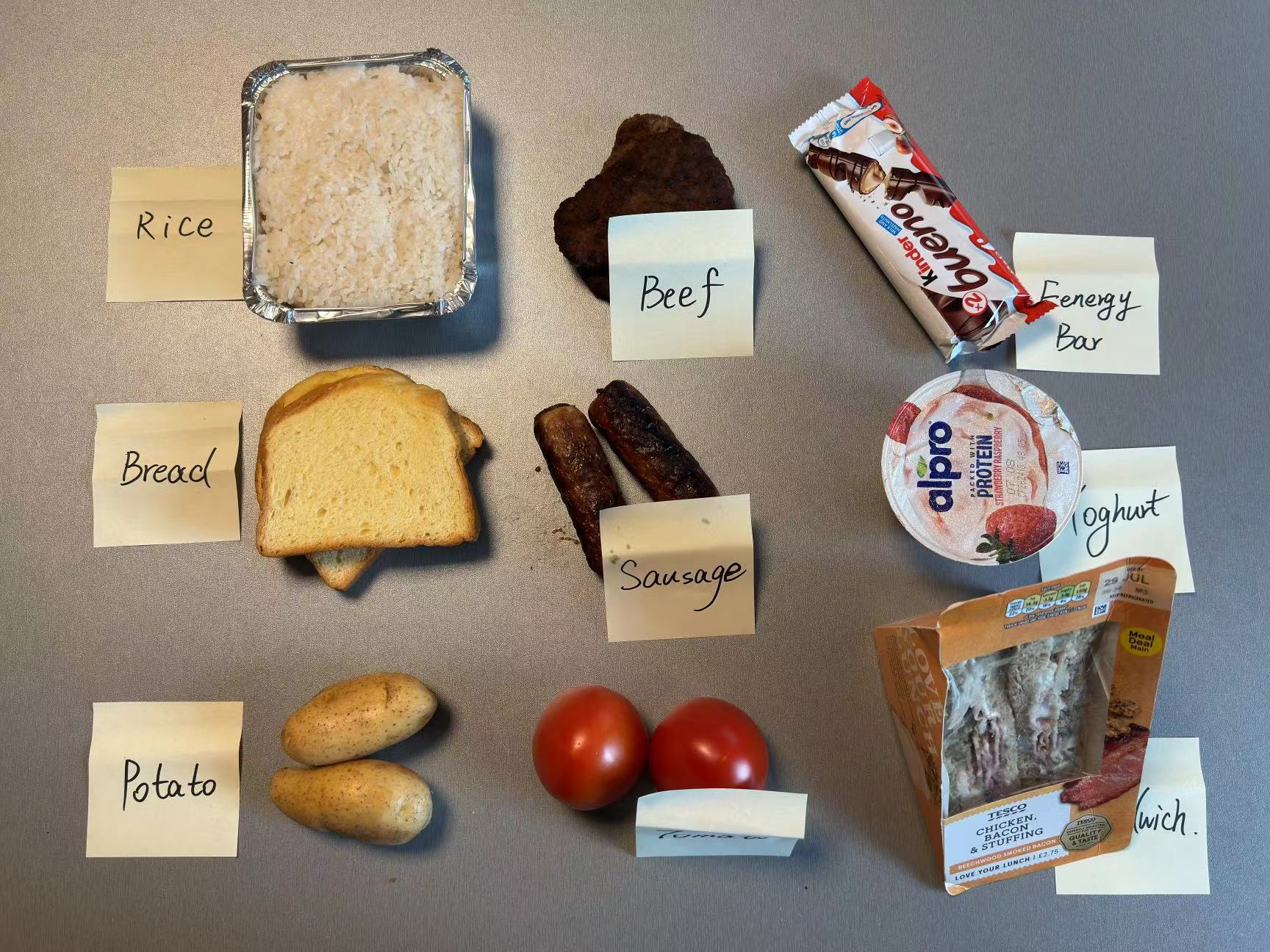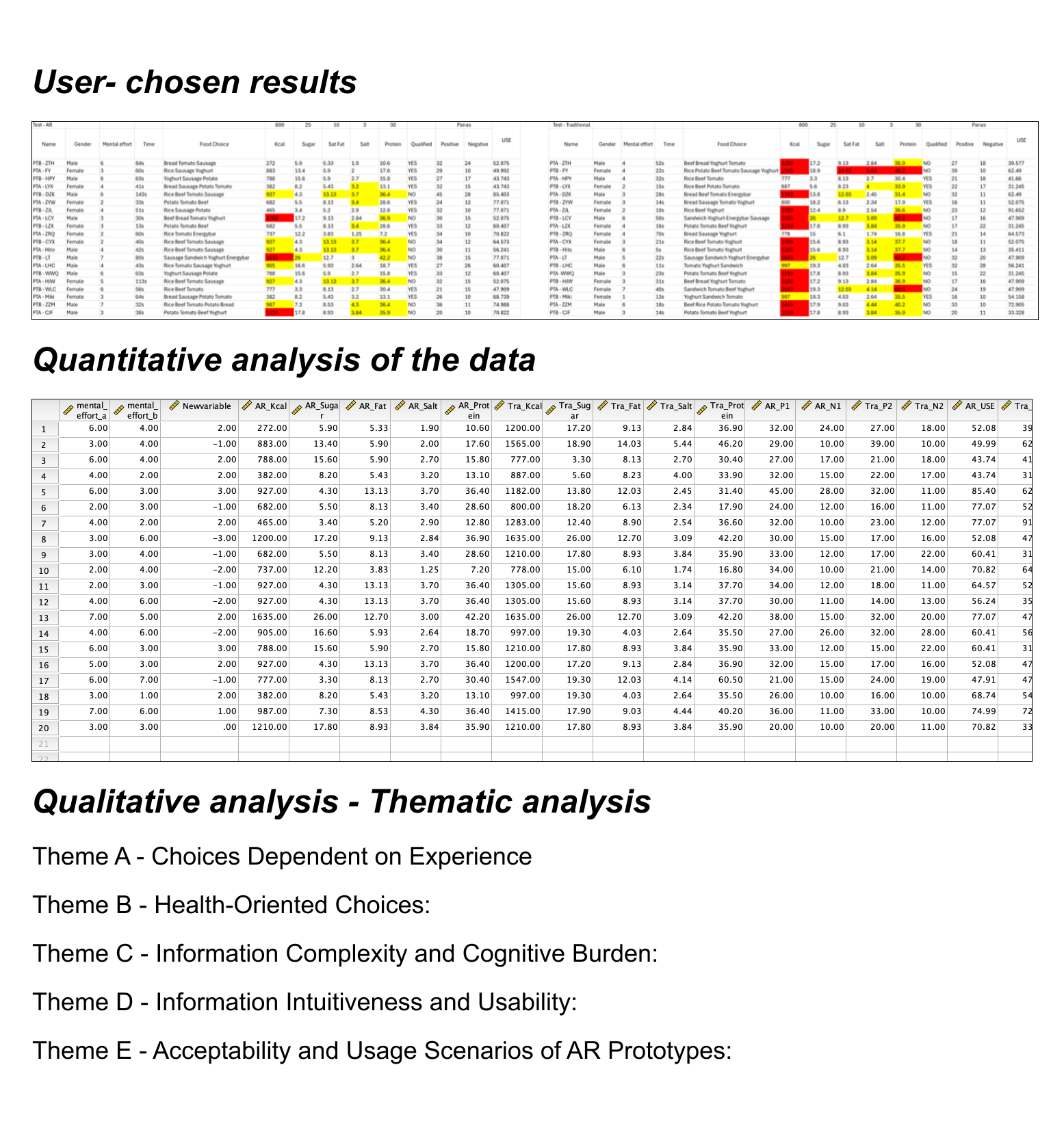
Cong Cao
I'm a UX Designer dedicated to crafting user-friendly digital experiences. By deeply understanding user needs, I create innovative solutions through design and prototyping, aiming to enhance usability and deliver impactful, creative outcomes.





